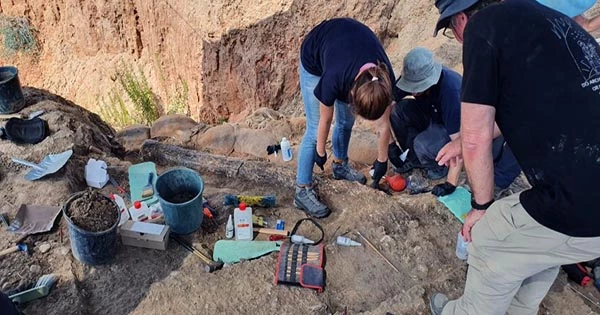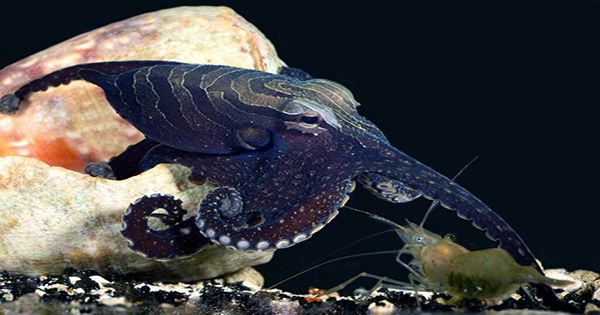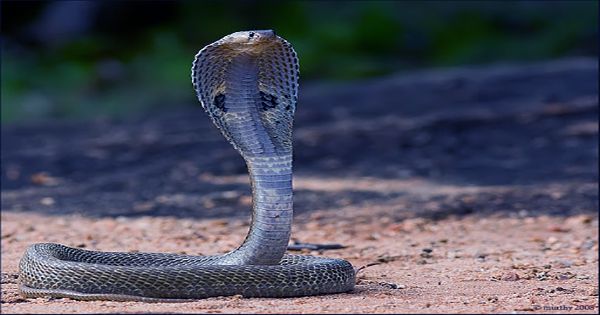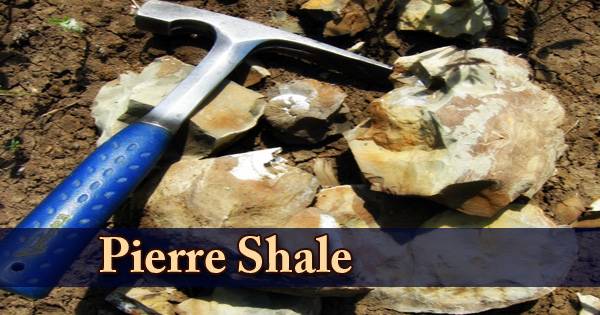There is an ancient elephant cemetery in southern Israel, next to the kibbutz of Revadim. Back then, there were just the occasional early human hunting expedition to be on the lookout for as herds of the enormous beasts roamed as far north as Great Britain.
However, these were Palaeoloxodon antiquus, the straight-tusked elephant, not elephants as we know them today. One of those tusks, reaching a massive 2.5 meters (8.2 feet) in length, was just recently found by scientists conducting a two-week probe suitably dubbed “Operation Elephant.”
According to Avi Levy, prehistorian and excavation director for the Israel Antiquities Authority, the site was inhabited in the Late Lower Paleolithic era from prior archaeological digs at Revadim. The fact that this whole elephant tusk from half a million years ago is still in such superb shape, however, is something else.
In Israel or the Near East, the new find is “the largest entire fossil tusk ever unearthed at a prehistoric location,” according to Levy. However, due to its extraordinary fragility, even seasoned archaeologists may find it challenging to dig it up. Just being touched by a person or being exposed to air and sunshine may be enough to cause the artifact to completely disintegrate.

One of the experts working on the dig is professor Israel Hershkovitz of Tel Aviv University’s Dan David Center for Human Evolution and Biohistory. “The tusk underwent a first conservation treatment when it was originally discovered,” he stated. Before moving it to the Israel Antiquities Authority Conservation Laboratory, where it will be researched and preserved, we are currently digging it within its archaeological setting.
The find is intriguing not only because of its size and quality, but also because it offers some fascinating new information about early human life. Ofer Marder, an archaeology professor at Ben-Gurion University, and Ianir Milevski, the director of the Israel Antiquities Authority’s Prehistory Branch, said that the finding of the tusk, which was separated from the skull and the remainder of the corpse, raised concerns. “Was the tusk found by the local prehistoric occupants or is it the remains of an elephant that was hunted? Was there a social or religious significance to the tusk?
Although it is uncommon to uncover elephant remains in archaeological sites, it is known that elephants were killed in the region, along with other large mammals as wild cattle, hippopotami, deer, wild boars, wild horses, and so on. Smaller hints, including fragments of elephant ribs, teeth, and skulls, as well as ancient flint implements used for processing animal meat, including flake tools, hand axes, and chopping tools, had also been discovered during earlier digs at the same location.
However, elephants are renowned for being enormous, and straight-tusked elephants were considerably bigger, reaching heights of up to 4.5 meters, or about 15 feet, and weights of over 14 tonnes. That makes it more difficult to hunt and kill one because it is even larger and heavier than modern African elephants.
This brings up a long-debated question: Did our prehistoric predecessors often shoot elephants? Or was it something that was saved for special events only?
Hershkovitz and Omry Barzilai of the Israel Antiquities Authority made the statement that was seen by IFLScience. “We anticipate that the finding of the new tusk in a clear archaeological setting will throw light on this issue,” they stated.
They stated that the concentration of material remains, which are largely stone tools, at the site and in the current excavation “indicates that there was a significant number of individuals at the site in one period of time and that elephants were hunted.” Elephant meat could not have remained fresh for very long in our region’s hot, dry climate, therefore it had to be immediately consumed by a large number of people, possibly as part of a social gathering.
Regardless of the decision, the tusk is a remarkable discovery for the scholarly community as well as the general public, whether prehistoric humans were frequently chowing down on elephant sandwiches or if it was a rare occasion.
Eli Eskozido, Director of the Israel Antiquities Authority, stated that after the restoration procedure is over, “we want to present the tusk to the public in our permanent exhibition hall at the new Jay and Jeanie Schottenstein National Campus for the Archaeology of Israel in Jerusalem.
















